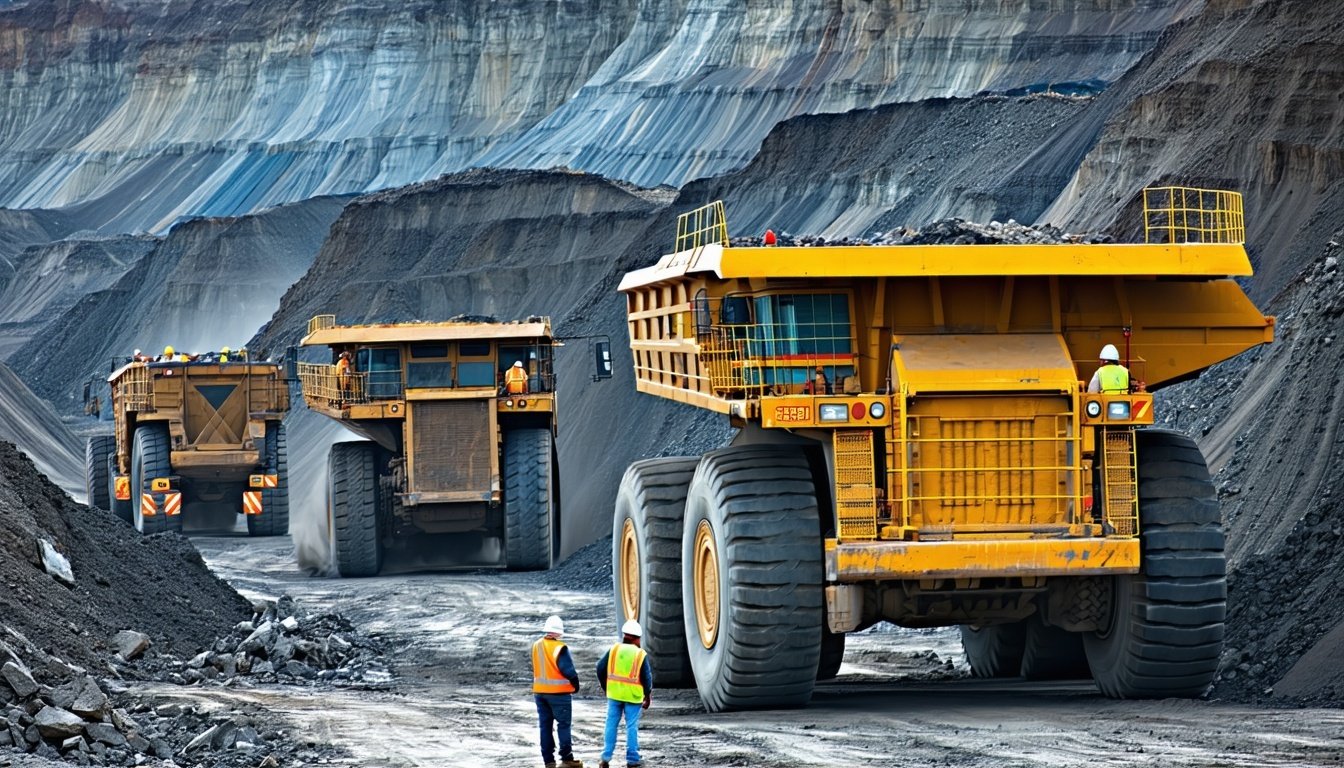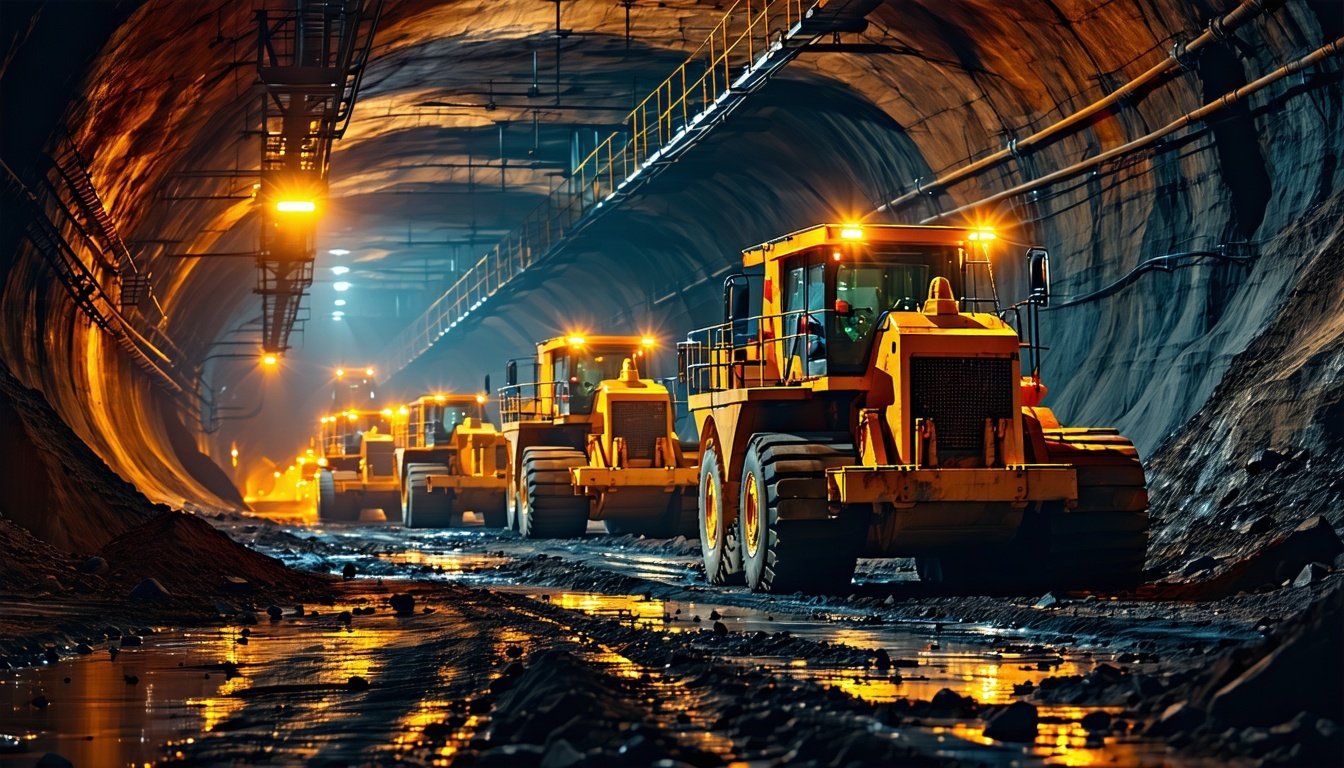Sleep apnea is a “chronic medical condition that is associated with excessive daytime sleepiness, inattention, and fatigue. It may impair daily function, induce or exacerbate cognitive deficits, and increase the likelihood of errors and injuries.” (BC Medical Journal)
In the March 2014 edition of the BC Medical Journal, WorkSafeBC provided an opinion piece around the importance of diagnosing, treating and managing obstructive sleep apnea for those who work in safety sensitive operations.
Obstructive sleep apnea (OSA), they point out, is “the most common medical disorder to cause excessive daytime sleepiness.”
In the article, Dr. Shelley Perlman, WorkSafeBC’s Medical advisor, provided two brief case studies involving a tugboat operator and a pilot, which demonstrated the risks those suffering from OSA bring to the workplace.
In both cases, no human harm or injury resulted from the incidents, but the OSA diagnosis for the individuals were obtained only after it was determined the pilot and boat operator had fallen asleep while piloting their crafts. An earlier diagnosis and treatment could have reduced the risk of a fatigue-related incident for the boat operator and pilot.
The American Sleep Apnea Association reports an estimated “22 million Americans suffer from sleep apnea, with 80 percent of the cases of moderate and severe obstructive sleep apnea undiagnosed.” And in the US alone, it is estimated that fatigue costs employers $100 billion per year in lost productivity and workplace accidents.
The obstacles to obtaining an official OSA diagnosis may be somewhat systematic, in that the only way to know for sure is to undergo a Polysomnographic (PSG) sleep assessment – which requires a referral to a sleep clinician, and often a long wait period for testing in a lab environment. The barrier to getting the referral in the first place lies with the individual speaking to their healthcare provider about any concerns with regards to sleep – this is difficult if people do not even realize they have a problem.
In addition to the estimated 22 million Americans suffering from sleep apnea, another 20 million suffer from other chronic, long-term sleep disorders and 20 million experience short-term sleep problems. For an employer, providing a safe working environment and culture may not be enough to ensure that accident and injury risk on the job is minimal.
The good news is, technology exists that can help organizations understand if lack of sleep or disordered sleep may contribute to fatigue in the workplace. Sleep data obtained from Readiband technology, can demonstrate if insufficient sleep is being obtained – and may point to previously undiagnosed sleep disorders which health and safety or medical advisors can ensure are investigated and treated.

Readiband actigraphy data demonstrating potential disordered sleep patterns
Interested in learning more about data-driven fatigue management?
or download our free eBook on the Science of Sleep for industrial workforces



